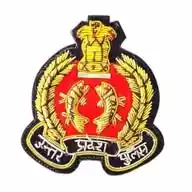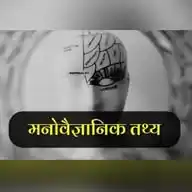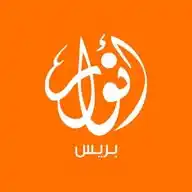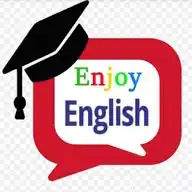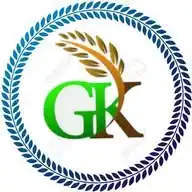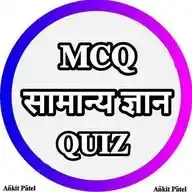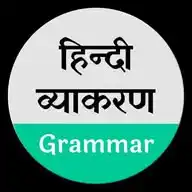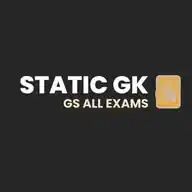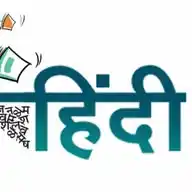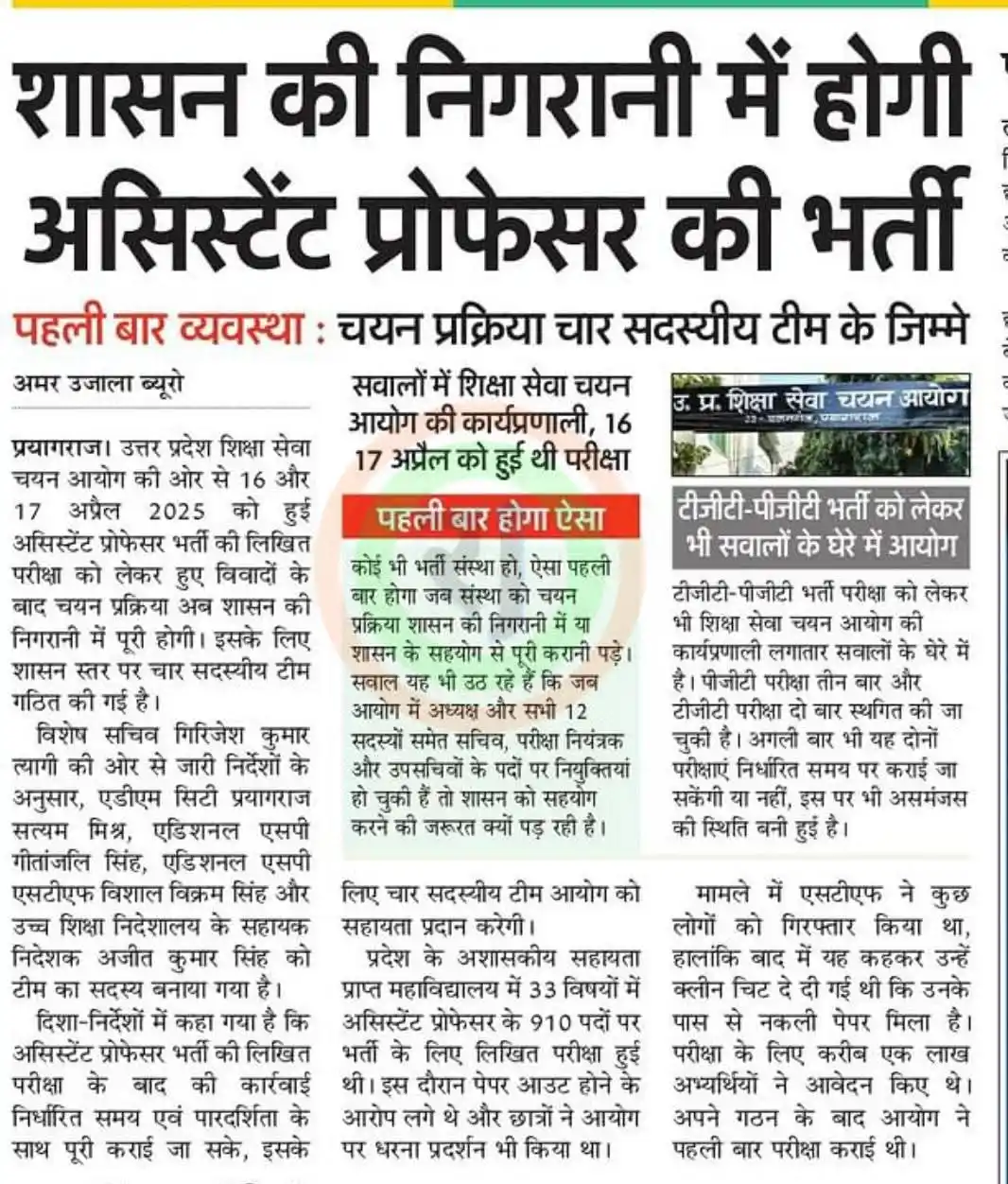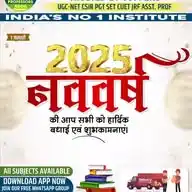
UGC NET JRF notes Professor Adda Institute
29.7K subscribers
About UGC NET JRF notes Professor Adda Institute
Professors Adda Notes Institute All NET subject group Links 🔗 .. Join now 👇👇 Stop Solution ___for JRF / A sst Professor / Phd __ 🇮🇳 India's No -1 NET notes Institute Buy our updated Study Material for NET / JRF / Asst Professor Exams Click here or Call us ___ wa.me/7690022111?text=Hello Call 7690022111____9216228788 Join Our 👇Subject wise notes & updates group for your smart & Speedy SUCCESS 🏆 🎯 1⃣ *हिन्दी साहित्य* chat.whatsapp.com/LBBQ61tk1hjH9EnPhxogBL 2⃣ *English literature* chat.whatsapp.com/L8NZSHjf23KAALARS14xNf 3⃣ *Political Science* chat.whatsapp.com/JR5R0AAFg3NCLCJQ6lZxJO *राजनीति विज्ञान हिन्दी माध्यम* chat.whatsapp.com/HKEGVkaI0yHFEc63Zfo1MD 4⃣ *Education English Medium* chat.whatsapp.com/EWFbiEfBs4W3MydLi3rosZ *शिक्षाशास्त्र हिंदी माध्यम* chat.whatsapp.com/BLb8KHiMccV2awGdk7ZFjQ 5⃣ *Sociology English Medium* chat.whatsapp.com/ELcBPNq5ci42c2LVb2Y57u *समाजशास्त्र हिंदी माध्यम* chat.whatsapp.com/CLToH5nw6k5CgjfGwlRhuL 6⃣ *Physical education English medium* chat.whatsapp.com/F6pE9QhYd1AJeYKjID9xti *शारीरिक शिक्षा हिंदी माध्यम* chat.whatsapp.com/Db93taQ5K7T4bzb3kZMwh4 7⃣ *Geography English medium* chat.whatsapp.com/LIxQk7WWQu3AKUIwTIy1uh *भूगोल हिंदी माध्यम* chat.whatsapp.com/HcZeS9Y45M1BZ8Kq0NoggY 8⃣ *Economics English medium* chat.whatsapp.com/F9SX0j1qll2HmmH7me6QbI *अर्थशास्त्र हिंदी माध्यम* chat.whatsapp.com/GAQ65pez8iA1qV3Heqycyz 9⃣ *Commerce English medium* chat.whatsapp.com/Kk4C13a5tyQ7sES3Ou2zEH *वाणिज्य हिंदी माध्यम* chat.whatsapp.com/IfndmjsqMYdEzHZS02DLll 🔟 *History English medium* chat.whatsapp.com/HycHSL4Gn1n3P5oIs1FfJz *इतिहास हिंदी माध्यम* chat.whatsapp.com/HsY1s05AraY1fgQct2Fky3 1⃣1⃣ *Law* chat.whatsapp.com/HUC1bQctQVSGXxQeMZDGj3 1⃣2⃣ *Psychology* chat.whatsapp.com/CMScS1yZQNKAzRTbOqNXNp 1⃣3⃣ *Computer science* chat.whatsapp.com/GkNwSmRlRPT8R2jUsbYtHA 1⃣4⃣ *Home science* *गृह विज्ञान* chat.whatsapp.com/D3b4ECZCEGG8EU54d5Qhie 1⃣5⃣ *Social work* chat.whatsapp.com/B70IAMYpWLEBfpmhXI5X4q 1⃣7⃣ *संस्कृत* chat.whatsapp.com/FGaJgGJ3yBOJg3soXehS7k
Similar Channels
Swipe to see more
Posts

Communication --- Model 2: Shannon–Weaver’s Communication Model 📖 Explanation: Shannon–Weaver Model (1949) like a Professor Lecture 🔧 The Birth of a “Mathematical” Message Machine… In the late-1940s, at the buzzing research halls of Bell Telephone Laboratories, two brilliant minds—Claude Shannon, an engineer obsessed with binary signals, and Warren Weaver, a linguist-turned-scholar—sat staring at a tangle of wires and blinking lights. > Weaver: “Claude, telephones let people talk across continents, but lines crackle and words get distorted. How can we describe that, mathematically?” Shannon (tapping his slide rule): “Let’s imagine every conversation as a coded journey from one brain to another.” They grabbed a chalkboard and drew a straight path: Information Source → Transmitter → CHANNEL → Receiver → Destination (Noise sneaks in here!) 1. Information Source (Sender): The person who decides to speak. 2. Transmitter (Encoder): The telephone mouthpiece turns speech into electrical pulses. 3. CHANNEL: Copper wires carry the pulses across miles, but… 4. NOISE: Static, crackles, and line disturbances try to scramble the pulses. 5. Receiver (Decoder): The earpiece turns pulses back into sound. 6. Destination (Receiver): The listener’s ear—and mind—finally hears the message. That simple drawing became the Shannon–Weaver Model, nicknamed the “Mathematical Model of Communication.” It treated messages like data moving down a single-lane highway, where any pothole (noise) could flip a 0 into a 1, or twist “hello” into “yellow.” > Shannon: “If we measure and reduce noise, we boost accuracy.” Weaver: “And we can apply the same logic to human language, radio, TV—any system that sends symbols!” Their model revolutionized telecommunications and planted the seeds for information theory, digital coding, and even today’s Wi-Fi error-correction tricks. ✅ Exam-Fact Nuggets Creators: Claude E. Shannon (engineer) & Warren Weaver (scientist). Year Published: 1949 (in “The Mathematical Theory of Communication”). Model Type: Linear (one-way). Key Innovation: Introduced the concept of “Noise” as an interference factor. Core Elements: Sender, Encoder, Channel, Noise, Decoder, Receiver. Best Contexts: Telephone, telegraph, broadcasting, technical & engineering communication. Typical facts for NET JRF exam “Who introduced ‘Noise’ in communication models?” → Shannon–Weaver “Shannon–Weaver model is also known as?” → Mathematical/Information Theory Model “Nature of the model?” → Linear

🎓Expected MCQs on Higher Education 2025 1. Which report emphasized the need for massification and democratization of higher education in India? A) Sargent Report B) Kothari Commission (1964–66) C) Radhakrishnan Commission D) Mudaliar Commission Answer: B) Kothari Commission (1964–66) — recommended expansion of access, equity, excellence. 2. The concept of ‘Lifelong Learning’ in higher education is best captured by which UNESCO document? A) Faure Report (1972) B) Delors Report (1996) C) Global Education Monitoring Report D) Incheon Declaration Answer: A) Faure Report — introduced learning throughout life. 3. Which scheme is NOT part of the National Institutional Ranking Framework (NIRF)? A) Teaching, Learning & Resources (TLR) B) Graduation Outcomes (GO) C) Inclusivity D) International Students Admission (ISA) Answer: D) International Students Admission — not a NIRF parameter. 🔥 Grab now Most 100 + JRF topics for study Subject & Paper 1 👍🏻 Get today click here 👇👇👇👇 wa.me/+919694993865?text=H_Send_me_notes_my_subject_is_ Professors Adda Institute 🔥🔥🔥🔥🔥🔥🔥🔥🔥🔥 4. Which section of the UGC Act empowers UGC to coordinate and determine the standards of higher education institutions? A) Section 3 B) Section 12 C) Section 25 D) Section 22 Answer: B) Section 12 — UGC’s main functions. 5. The term ‘Massification’ in higher education refers to: A) Increasing quality standards B) Commercialization of education C) Rapid increase in student enrollment D) Introduction of MOOCs Answer: C) Rapid increase in student enrollment. 6. ‘Equity’ in higher education primarily aims to reduce disparities based on: A) Academic performance B) Gender, caste, region, disability C) Institutional ranking D) Faculty qualifications Answer: B) Gender, caste, region, disability. 7. Which policy introduced the concept of ‘Higher Education Commission of India (HECI)’? A) National Education Policy (NEP) 1986 B) NEP 1992 C) NEP 2020 D) NEP 2009 Answer: C) NEP 2020. 8. Under NEP 2020, what is the maximum period for a bachelor’s degree with research? A) 3 years B) 4 years C) 5 years D) 6 years Answer: B) 4 years — with multiple exit options. 9. Which ranking agency is India's own internationally recognized university ranking system? A) Times Higher Education (THE) B) QS World University Rankings C) National Institutional Ranking Framework (NIRF) D) Shanghai Rankings Answer: C) NIRF. 10. Under UGC regulations, what is the minimum teaching requirement for a full‑time assistant professor in higher education? A) 16 credits B) 12 credits C) 8 credits D) 6 credits Answer: B) 12 credits per academic year. 11. Which pedagogy emphasizes interactive, student‑centric, group‑based learning in higher education? A) Lecture‑based B) Didactic C) Collaborative learning D) Rote memorization Answer: C) Collaborative learning. 12. Which of the following is NOT a key function of UGC? A) Fund allocation B) Accreditation C) Maintaining teaching standards D) Conducting research Answer: B) Accreditation — done by NAAC. 13. MOOCs in India are primarily offered through which platform? A) SWAYAM B) NPTEL C) Virtual Labs D) IGNOU eGyanKosh Answer: A) SWAYAM. 14. Student‑centric learning places primary responsibility on: A) Teachers B) Administrators C) Students D) Policy‑makers Answer: C) Students. 15. Quality Assurance Councils in India include: A) NBA and Comptroller B) NAAC and NBA C) UGC and AIU D) IIT Council Answer: B) NAAC and NBA. 16. Which section of NEP 2020 promotes integrated and multidisciplinary education? A) School education B) Early childhood C) Higher education D) Adult education Answer: C) Higher education — through multidisciplinary universities. 17. Which innovation aims to enhance student entrepreneurship under NEP 2020 in higher education? A) Incubation Hubs B) MOOCs C) NIRF D) Reservoir Labs Answer: A) Incubation Hubs. 18. Which is NOT a characteristic of higher education in the 21st century? A) Globalization B) Digitization C) Isolationism D) Lifelong learning Answer: C) Isolationism. 19. Which fund supports research and innovation in Indian universities? A) NAHEP B) RUSA C) FIST D) ICSSR Answer: A) NAHEP — National Academic Infrastructure and Excellence Programme. 20. The primary goal of RUSA (Rashtriya Uchchatar Shiksha Abhiyan) was to: A) Rank universities B) Improve state public higher education through grants C) Accredit institutions internationally D) Provide scholarships to students Answer: B) Improve state public higher education through grants. . . . 🔥 Grab now Most 100 + JRF topics for study Subject & Paper 1 👍🏻 Get today click here 👇👇👇👇 wa.me/+919694993865?text=H_Send_me_notes_my_subject_is_ Professors Adda Institute 🔥🔥🔥🔥🔥🔥🔥🔥🔥🔥

UGC NET / JRF Exam me 10 days hai 🔥 31 May 2025 tk updated E - BOOKS se Aaj hi study ko Top level result oriented bnaye. . . Send Your Subject & Medium to get *E -BOOKS* . अब JRF दूर नहीं _________ WhatsApp link click 👇👇👇 👉 *For English Medium Students* https://wa.me/+919729082006?text=Send_me_notes_my_subject_is 👉 *हिंदी माध्यम स्टूडेंट्स के लिए* https://wa.me/+919468543110?text=Send_me_notes_my_subject_विषय_है 🔥🔥🔥🔥🔥🔥🔥☝☝☝
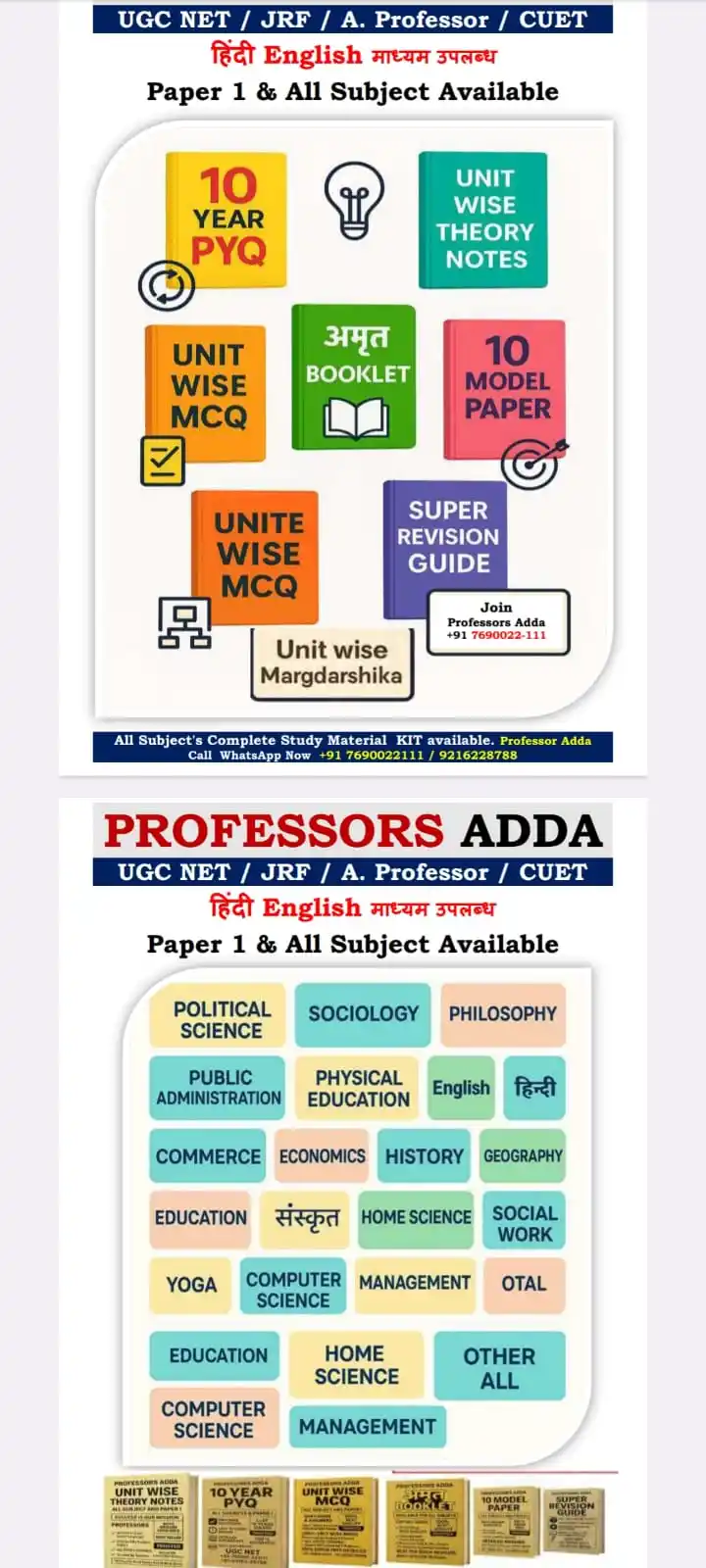

Tyler Model of Curriculum Development *JRF topic 2025* The Tyler Model of Curriculum Development is a widely used framework for designing and developing curricula. It was developed by Ralph Tyler in 1949 and is based on four basic questions: 1. *What are the educational purposes of the school?* (What are the goals and objectives of the curriculum?) 2. *What educational experiences can be provided to achieve these purposes?* (What learning activities and experiences will help students achieve the goals and objectives?) 3. *How can these educational experiences be organized?* (How can the learning activities and experiences be structured and sequenced to maximize learning?) 4. *How can the effectiveness of these educational experiences be evaluated?* (How can we assess whether the curriculum is achieving its intended goals and objectives?) The Tyler Model is a linear and systematic approach to curriculum development, and it involves the following steps: 1. *Defining the educational purposes*: Identifying the goals and objectives of the curriculum, and determining what students should learn and be able to do. 2. *Selecting the learning experiences*: Choosing the learning activities and experiences that will help students achieve the goals and objectives. 3. *Organizing the learning experiences*: Structuring and sequencing the learning activities and experiences to maximize learning. 4. *Evaluating the curriculum*: Assessing the effectiveness of the curriculum in achieving its intended goals and objectives. The Tyler Model is a widely used and influential framework for curriculum development, and it has been applied in a variety of educational settings. However, it has also been criticized for being too rigid and linear, and for not taking into account the complexities and nuances of the learning process. *Advantages of the Tyler Model:* 1. *Clear and focused goals*: The Tyler Model helps to clarify the goals and objectives of the curriculum, and ensures that all learning activities and experiences are aligned with these goals. 2. *Systematic and organized approach*: The Tyler Model provides a systematic and organized approach to curriculum development, which can help to ensure that all aspects of the curriculum are considered and integrated. 3. *Emphasis on evaluation*: The Tyler Model emphasizes the importance of evaluating the effectiveness of the curriculum, which can help to identify areas for improvement and ensure that the curriculum is achieving its intended goals. *Disadvantages of the Tyler Model:* 1. *Too rigid and linear*: The Tyler Model can be too rigid and linear, and may not take into account the complexities and nuances of the learning process. 2. *Overemphasis on goals and objectives*: The Tyler Model may place too much emphasis on goals and objectives, and may not consider other important aspects of the curriculum, such as the learning process and the needs and interests of students. 3. *Limited flexibility*: The Tyler Model may not allow for sufficient flexibility and adaptability, and may not be able to accommodate changing educational needs and priorities. Overall, the Tyler Model is a widely used and influential framework for curriculum development, and it can be a useful tool for educators and curriculum developers. However, it should be used in conjunction with other approaches and frameworks, and should be adapted and modified to meet the unique needs and contexts of different educational settings. . . 🔥 Grab now NET/ JRF NEW 📝 notes for study Subject & Paper 1 👍🏻 Get today click here 👇👇👇👇 wa.me/+919694993865?text=H_Send_me_notes_my_subject_is_ Join @Professors_Adda India's No -1 NET /JRF Institute Helpline No- 7690022111

Question 2: Mathematical Reasoning and Aptitude / गणितीय तर्कशक्ति और अभिरुचि Statements / कथन: 1. The contrapositive of a conditional statement is always logically equivalent to it. एक सशर्त कथन का प्रतिलोम सदैव उसके साथ तार्किक रूप से समतुल्य होता है। 2. In deductive reasoning, the conclusion is derived from general premises. निगमनात्मक तर्क में निष्कर्ष सामान्य प्रस्तावों से प्राप्त किया जाता है। 3. Inductive reasoning always guarantees the truth of the conclusion. आगमनात्मक तर्क हमेशा निष्कर्ष की सत्यता की गारंटी देता है। Choose the correct option / सही विकल्प चुनिए: A) 1 and 2 only / केवल 1 और 2 B) 1 and 3 only / केवल 1 और 3 C) 2 and 3 only / केवल 2 और 3 D) All 1, 2, and 3 / सभी 1, 2 और 3

Hindi medium students 😥 react krte hai, हिंदी मे exclusive channel jha pr free content daily share hota hai. Wo is link pr click kr study kre https://whatsapp.com/channel/0029VaoD5q3FCCobLavfmC0y/4014
